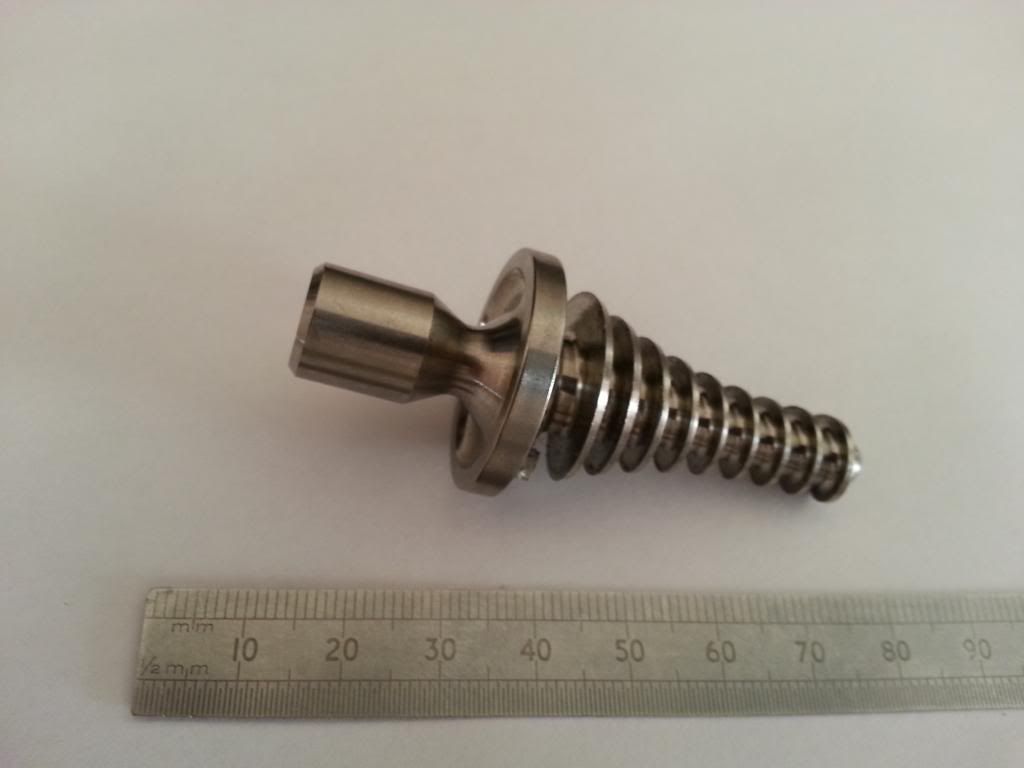I have some titanium bolts 5/8" diamter. How hard would it be to cut these on the mini lathe or bench mill ? Just want to make something out the material, but am curious as to how it will cut. They are aviation grade bolts. Will HSS work or carbide a must ?
Thanx again,
V 45
Thanx again,
V 45





